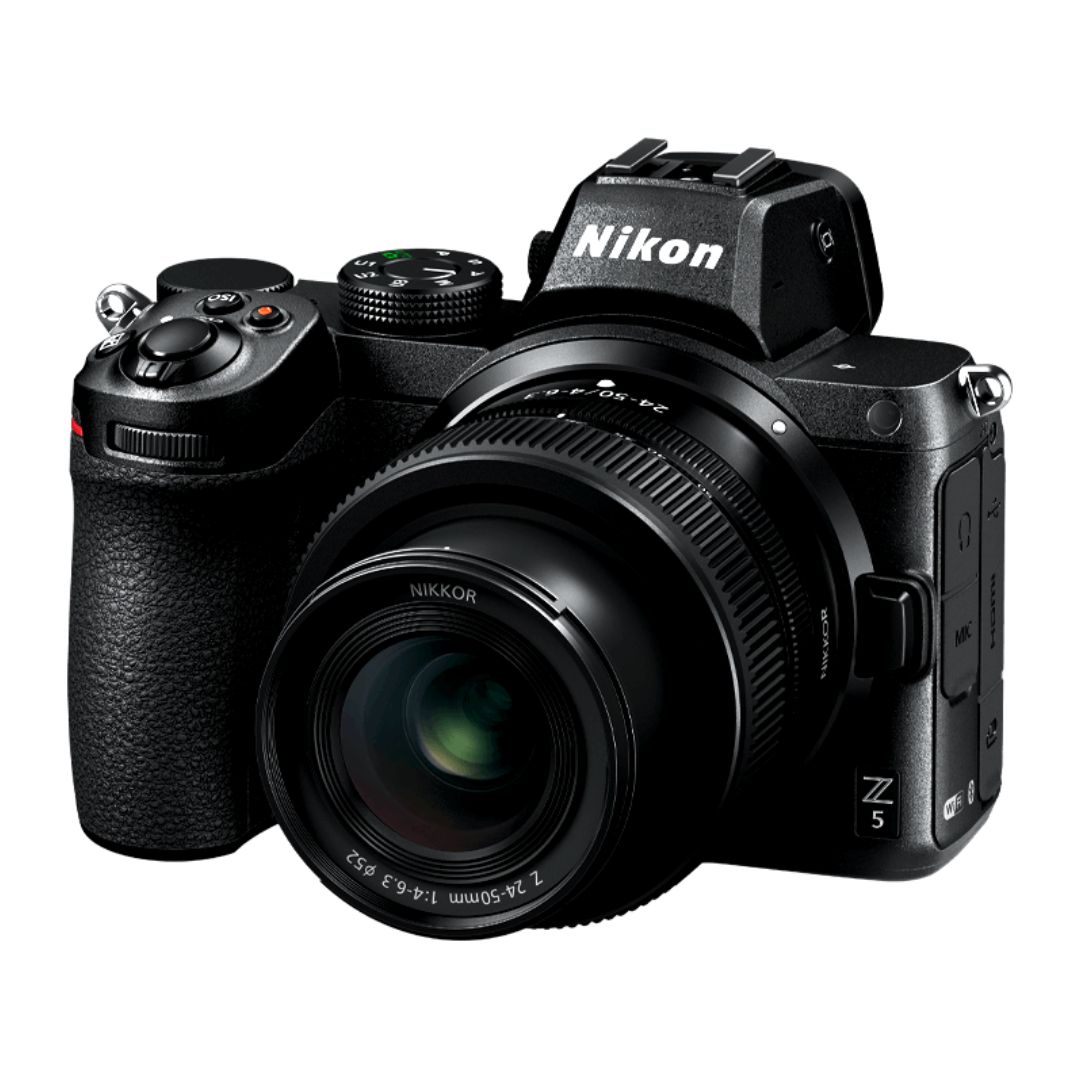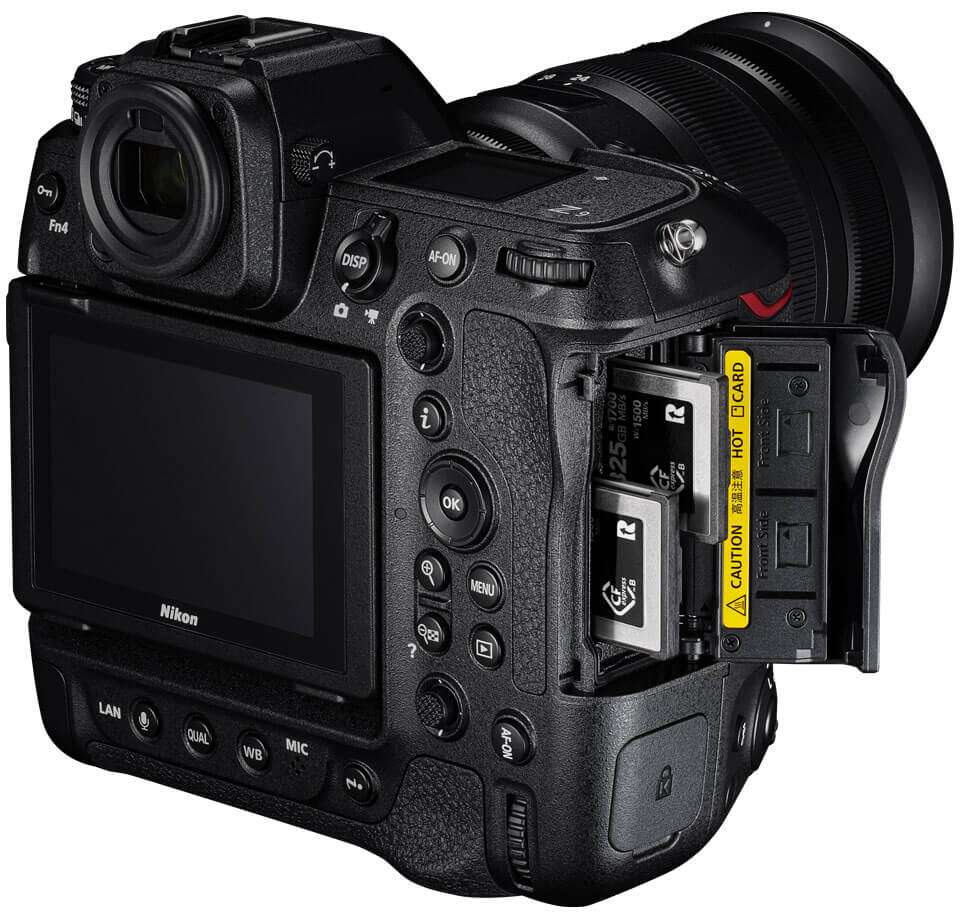Drones have changed photography, allowing us to capture breathtaking views from the sky. Whether you’re a beginner or an experienced aerial photographer, shooting from a drone requires knowledge of camera settings, flight techniques, composition, and post-processing to achieve the best results. This guide will walk you through everything you need to know to master aerial photography.
1. Choosing the Right Drone for Aerial Photography
1.1 Key Factors to Consider
Selecting the right drone impacts the quality of your photography. Consider these factors:
- Camera Quality: Opt for a drone with at least a 12MP camera and 4K video recording. Higher resolution provides better clarity for editing.
- Gimbal Stabilization: A 3-axis gimbal stabilizes the camera, reducing blurriness caused by movement.
- Battery Life: Longer flight times (at least 25 minutes) allow for extended shooting sessions.
- Portability: Compact drones are ideal for travel photography.
- Obstacle Avoidance: Helps prevent crashes and ensures safe flights in complex environments.
1.2 Best Drones for Photography
- DJI Mavic 3 – Best overall with a Hasselblad camera.
- DJI Air 2S – High-end performance in a compact body.
- Autel EVO II – Offers 6K video recording for professionals.
- DJI Mini 3 Pro – Lightweight and travel-friendly.
2. Mastering Drone Camera Settings
Understanding drone camera settings can significantly improve your image quality.
2.1 Shutter Speed & Motion Blur
- Fast shutter speed (1/500 – 1/1000s): Captures sharp images, ideal for action shots.
- Slow shutter speed (1/30 – 1/100s): Adds motion blur, useful for artistic shots.
2.2 ISO & Noise Reduction
- Low ISO (100-400): Minimizes grain and improves sharpness.
- High ISO (>800): Increases brightness but introduces noise.
2.3 Aperture & Depth of Field
- Wider aperture (f/2.8 – f/4): Best for low light.
- Narrow aperture (f/5.6 – f/8): Ideal for landscapes.
2.4 RAW vs JPEG
- Shoot in RAW for greater editing flexibility.
3. Flight Techniques for Stable Shots
3.1 Smooth and Slow Movements
- Avoid sudden jerks by using gradual joystick movements.
3.2 Hover for Precise Framing
- Stay stationary before taking shots to compose the best frame.
3.3 Use Automated Flight Modes
- Cinematic Mode: Slows down drone movements for smoother footage.
- Point of Interest: Keeps a subject centered while circling it.
4. Composition Techniques for Stunning Aerial Shots
4.1 Leading Lines
- Roads, rivers, and paths direct the viewer’s eye.
4.2 Rule of Thirds
- Position the subject off-center for a balanced composition.
4.3 Symmetry & Patterns
- Look for natural and architectural symmetry to create stunning visuals.
4.4 Layering for Depth
- Incorporate foreground and background elements for dimension.
5. Best Lighting for Shooting from a Drone
5.1 Golden Hour
- Soft, warm lighting creates vibrant colors and long shadows.
5.2 Blue Hour
- Ideal for cityscapes with glowing lights.
5.3 Midday Challenges
- Harsh sunlight creates overexposed areas; use ND filters.
6. Legal & Safety Guidelines
6.1 Registration & Licensing
- FAA, DGCA, or local authorities may require registration.
6.2 No-Fly Zones
- Airports, government buildings, and wildlife reserves are restricted areas.
6.3 Privacy Considerations
- Avoid filming people without consent.
7. Post-Processing for Professional Quality
7.1 Color Correction & Exposure Adjustments
- Adjust highlights, shadows, and contrast for balanced lighting.
7.2 Sharpening & Noise Reduction
- Use Adobe Lightroom to enhance details and minimize grain.
7.3 Best Editing Tools
- Adobe Photoshop – Advanced editing.
- Snapseed – Mobile-friendly adjustments.
- Luminar AI – AI-powered enhancements.
8. Advanced Techniques for Creative Shots
8.1 Long Exposure with ND Filters
- Create motion blur in water and clouds.
8.2 Hyperlapse & Timelapse
- Capture dynamic scenes like city lights.
8.3 FPV Drone Shots
- Use first-person view drones for immersive experiences.
9. Best Locations for Drone Photography
- Coastlines & Beaches – Capture wave patterns.
- Mountains & Forests – Show elevation and greenery.
- Cityscapes & Skylines – Highlight urban architecture.
10. Common Mistakes to Avoid
- Not Checking Weather Conditions – Wind can destabilize the drone.
- Overusing Auto Settings – Manual controls improve creativity.
- Ignoring Battery Levels – Prevent sudden crashes by monitoring battery life.
Conclusion
Mastering shooting from a drone requires practice, creativity, and attention to detail. With the right drone, optimized camera settings, smooth flight techniques, and post-processing skills, you can capture professional-quality aerial images.

Sony Alpha a7 IV: The Ultimate Camera for Photography

Nikon Z5 Review: Is It Worth It?
-

Nikon Z9 : Game-Changer for Photography
-

Top Features of Nikon D850 That Make It Ideal for Portfolio Shoots
Sony Alpha a7 IV: The Ultimate Camera for Photography
Explore the Sony Alpha a7 IV in this complete 2025 review. Learn how its pro-level features, real-world performance, and hybrid flexibility make it the ultimate camera for photography across genres like portraits, weddings, travel, and commercial work. Table of Contents Section 1: Introduction – Why the Sony Alpha a7 IV Stands Out The Sony Alpha…
Nikon Z5 Review: Is It Worth It?
In 2025, photographers—whether hobbyists, content creators, or professionals—seek equipment that blends value, performance, and future-readiness. Enter the Nikon Z5, a full-frame mirrorless camera marketed as a gateway to high-end imaging without a flagship price tag. But how well does it hold up under real-world demands like studio shoots, weddings, landscape adventures, and lifestyle photography? In…
Nikon Z9 : Game-Changer for Photography
Discover why the Nikon Z9 is considered a true game-changer for photography. This in-depth Nikon Z9 review explores key features, real-world performance, and how it excels in professional photo shoots in 2025. Table of Contents 1. Introduction The photography world witnessed a significant shift with the launch of the Nikon Z9, a flagship mirrorless camera…
Top Features of Nikon D850 That Make It Ideal for Portfolio Shoots
Discover why the Nikon D850 is the ultimate DSLR for portfolio shoots. Explore its top features—from resolution and dynamic range to autofocus precision and workflow speed—that help photographers create stunning, high-impact images for professional portfolios. Whether you’re a portrait artist, fashion photographer, or visual storyteller, a portfolio shoot demands technical excellence, creative flexibility, and uncompromised…
Candid Moments with Canon EOS R10: Lightweight & Reliable
In the evolving world of mirrorless photography, the Canon EOS R10 stands out as a lightweight yet powerful camera tailored for real-life storytelling. Whether you’re photographing street scenes, family gatherings, weddings, or spontaneous portraits, capturing genuine emotion requires a responsive and discreet tool. This article dives deep into how the Canon EOS R10 excels in…
Bold Portraits with Canon EOS R5: Is It the Best for Work?
Studio photography has always demanded precision, artistry, and impeccable gear. As the expectations for commercial portraits, fashion campaigns, and editorial work continue to rise, the tools we use must evolve. Enter the Canon EOS R5, a camera that has stirred the professional waters with its impressive technical specs and forward-thinking design. In this comprehensive Canon…


